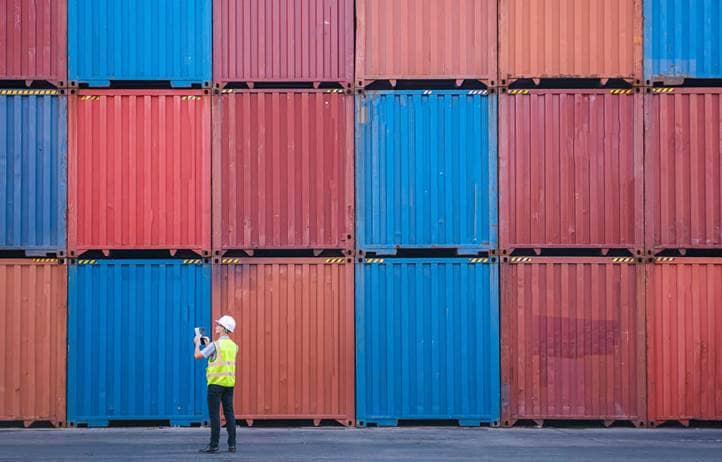The America First Trade Policy memorandum calls for a comprehensive review of U.S. trade policy, trade practices, and trade imbalances. The memorandum outlines trade and economic policy recommendations to address priority areas of trade, several of which may have important implications for companies and their supply chains.
However, the full impacts of the tariff plan and global trade policy remain to be seen. While some policy changes have already taken effect, U.S. trade policy and the economic landscape will continue to see developments. Businesses must be prepared to act quickly and align business strategies as policies update and evolve.
Our global trade and supply chain management experts are monitoring developments to offer tailored guidance and scenario planning for organizations across industries. Let us help you stay informed and navigate the evolving trade, policy, and economic landscape. Track the latest and stay ahead with insights, alerts, webinars, and guidance from our experts.














